Restriction Enzyme Troubleshooting Guide
The following guide can be used for troubleshooting restriction enzyme digestions. You may also be interested in reviewing additional tips for optimizing digestion reactions.
We are excited to announce that all reaction buffers are now BSA-free. NEB began switching our BSA-containing reaction buffers in April 2021 to buffers containing Recombinant Albumin (rAlbumin) for restriction enzymes and some DNA modifying enzymes.for restriction enzymes and some DNA modifying enzymes. Find more details at www.neb.com/BSA-free.
Videos
-
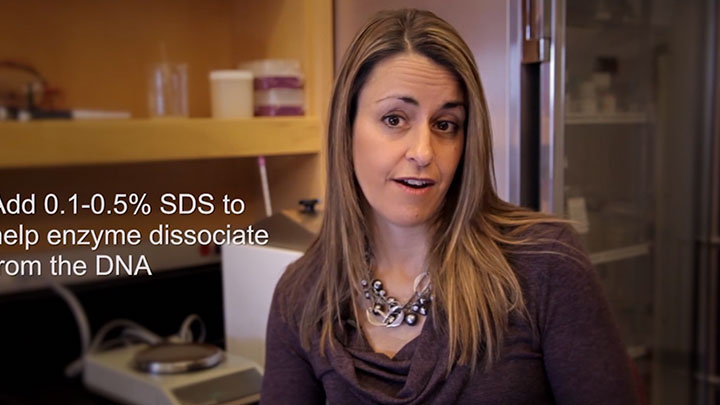
Restriction Enzyme Digestion Problem: DNA Smear on Agarose Gel
Learn more about what causes this common problem, and how NEB's enzymes are QC'd to avoid DNA smearing.
-
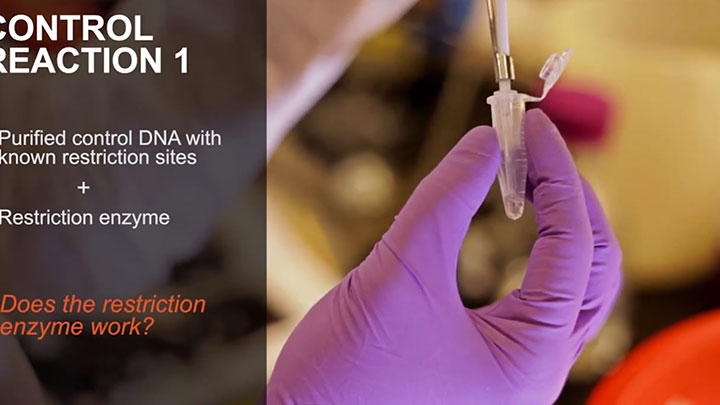
Why is My Restriction Enzyme Not Cutting DNA?
Not getting the cleavage you expected? Let an NEB scientist help you troubleshoot your reaction.
-
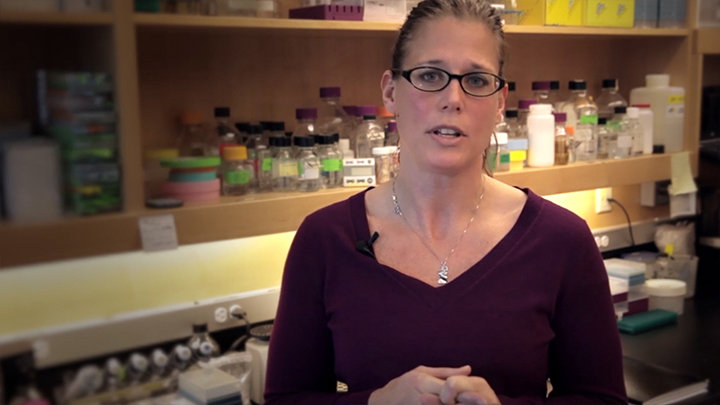
Restriction Enzyme Digest Problem: Too Many DNA Bands
Are you finding unexpected bands in your digestion reaction? Here are some tips to help you determine the cause.
-

Restriction Enzyme Digest Protocol: Cutting Close to DNA End
When cutting close to the end of a DNA molecule, make sure you know how many bases to add to the ends of your PCR primers.
-
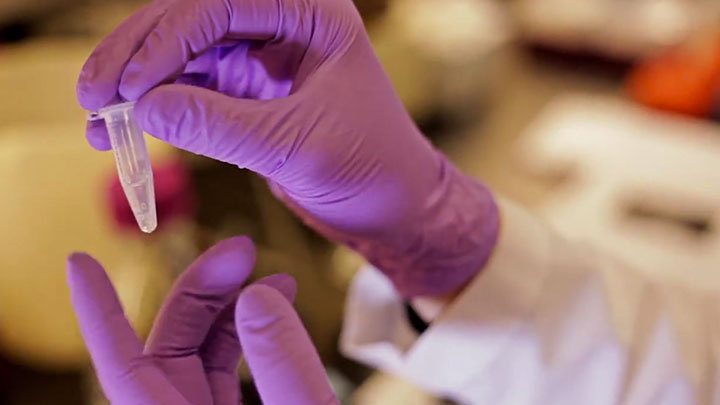
TIME-SAVER™ Protocol for Restriction Enzyme Digests
Need a protocol to digest quickly and completely? Try this protocol for Time-Saver™ qualified enzymes from NEB.
-

Reduce Star Activity with High-Fidelity Restriction Enzymes
NEB has engineered HF® enzymes to eliminate star activity. Learn how, and what this means for your digests.
-
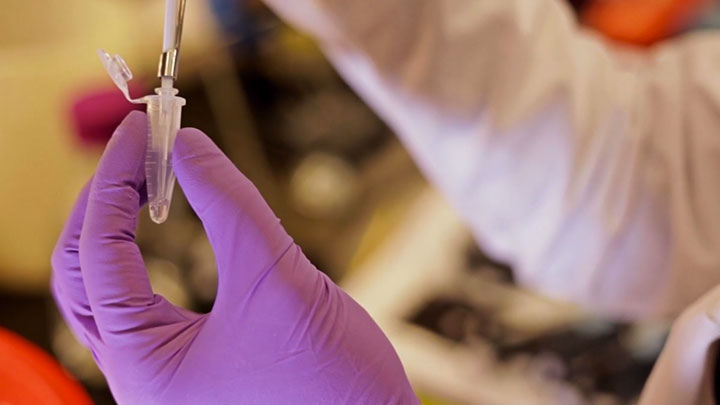
Standard Protocol for Restriction Enzyme Digests
Let one of NEB's restriction enzyme experts help you improve your technique and avoid common mistakes in digest setup.
| Problem | Cause | Solution |
|---|---|---|
| Few or no transformants |
Restriction enzyme(s) didn’t cleave completely |
|
| The digested DNA ran as a smear on an agarose gel | The restriction enzyme(s) is bound to the substrate DNA |
|
| Nuclease contamination |
|
|
| Incomplete restriction enzyme digestion | Cleavage is blocked by methylation |
|
| Salt inhibition |
|
|
| Inhibition by PCR components |
|
|
| Using the wrong buffer |
|
|
| Too few units of enzyme used |
|
|
| Incubation time was too short |
|
|
| Digesting supercoiled DNA |
|
|
| Incomplete restriction enzyme digestion | Presence of slow sites |
|
| Two sites required |
|
|
| DNA is contaminated with an inhibitor |
|
|
| Extra bands in the gel | If larger bands than expected are seen in the gel, this may indicate binding of the enzyme(s) to the substrate |
|
| Star activity |
|
|
| Partial restriction enzyme digest |
|
1Monarch Kits (NEB #T1010, NEB #T1020, and NEB #T1030) use columns that have been designed to minimize salt carry over into the eluted DNA, so using them can minimize this issue.

